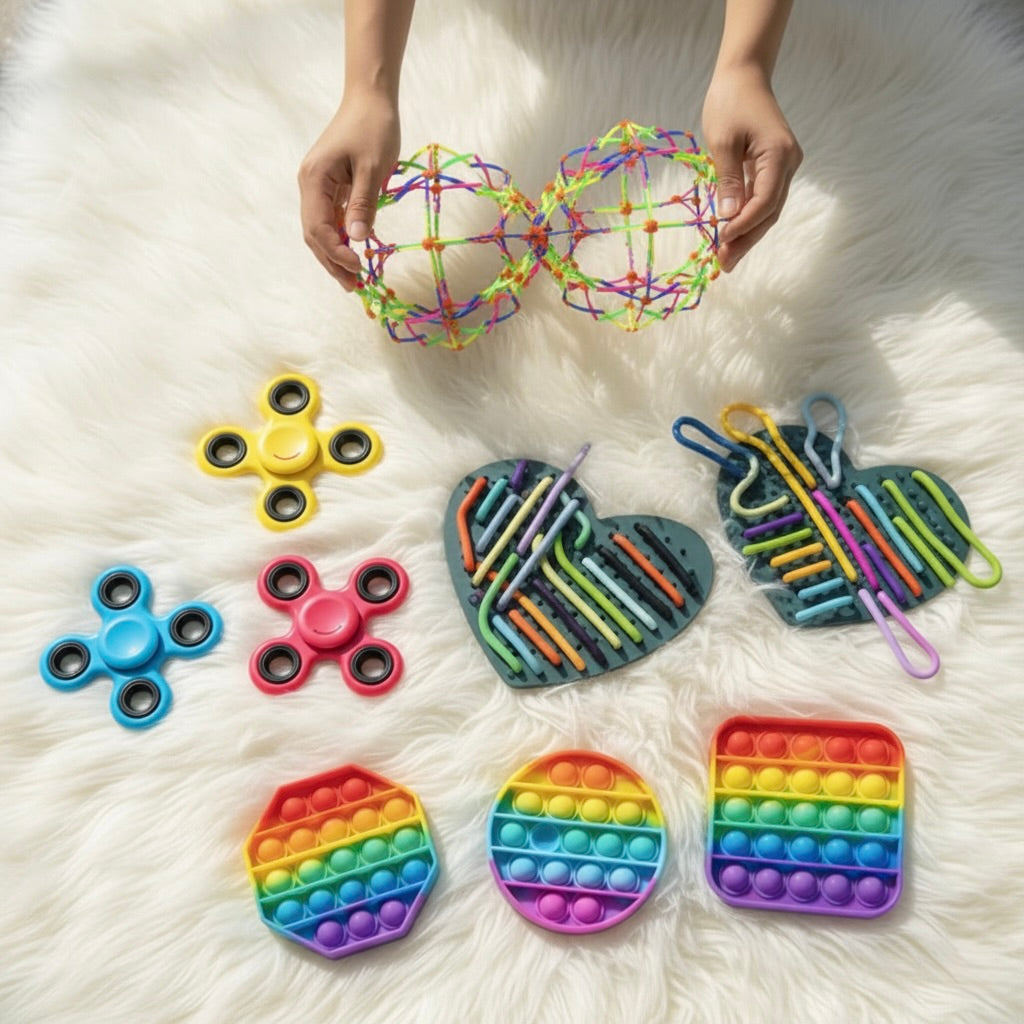
Sensory Overload in the Classroom: What It Is and How to Help
Share
Sensory overload happens when a child’s brain is overwhelmed by too much input—bright lights, loud sounds, busy visuals, and constant movement can all contribute.
Common signs of sensory overload:
• Covering ears or eyes
• Withdrawing or shutting down
• Meltdowns or emotional outbursts
• Difficulty focusing or following instruction
Ways to support students:
• Create calm spaces or sensory corners
• Offer fidget or breathing tools
• Use visual schedules and timers
• Reduce visual or auditory clutter when possible
• Give students a brain break before overwhelm builds
🌈 At calmgaroo, our calm corner kits are designed with sensory sensitivity in mind—providing the tools and spaces students need to feel safe, grounded, and ready to learn again.
